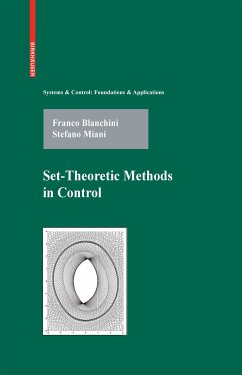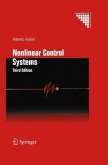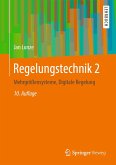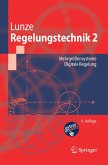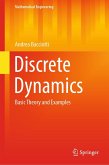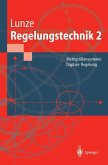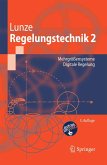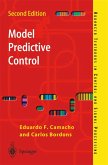The work presents several established and potentially new applications, along with numerical examples and case studies. A key theme of the presentation is the trade-off between exact (but computationally intensive) and approximate (but conservative) solutions to problems. Mathematical language is kept to the minimum necessary for the adequate formulation and statement of main concepts. Numerical algorithms for the solution of the proposed problems are described in detail.
Set-Theoretic Methods in Control is accessible to readers familiar with the basics of systems and control theory; prerequisites such as convexity theory are included. The text provides a solid foundation of mathematical techniques and applications and also features avenues for further theoretical study. Aimed primarily at graduate students and researchers in applied mathematics and engineering, the book will also appeal to practitioners since it contains extensive references to the literature and supplies many recipes for solving significant control problems.
Dieser Download kann aus rechtlichen Gründen nur mit Rechnungsadresse in A, B, BG, CY, CZ, D, DK, EW, E, FIN, F, GR, HR, H, IRL, I, LT, L, LR, M, NL, PL, P, R, S, SLO, SK ausgeliefert werden.
"The book is an outstanding monograph of a recent research trend in control. It reflects the vast experience of the authors as well as their noticeable contributions to the development of this field...At the conceptual level, the book was meant as a self contained volume for readers with the usual background in systems and control. The text is very accessible (the style is attractive; the theoretical concepts and results are accompanied by relevant examples so as to facilitate the deep understanding of the discussed topics; both analytical and numerical approaches are presented; the final section of each chapter includes exercises). The book is highly recommended to PhD students and researchers working in control engineering or applied mathematics. The material can also be used for graduate courses in these areas." [Octavian Pastravanu, Zentralblatt MATH]
"This is an excellent book, full of new ideas and collecting a lot of diverse material related to set-theoretic methods. It can be recommended to a wide control community audience." (B. T. Polyak, Mathematical Reviews, Issue 2009 f)
"This book is an outstanding monograph of a recent research trend in control. It reflects the vast experience of the authors as well as their noticeable contributions to the development of this field...[It] is highly recommended to PhD students and researchers working in control engineering or applied mathematics. The material can also be used for graduate courses in these areas." -- Octavian Pastravanu, Zentralblatt MATH

